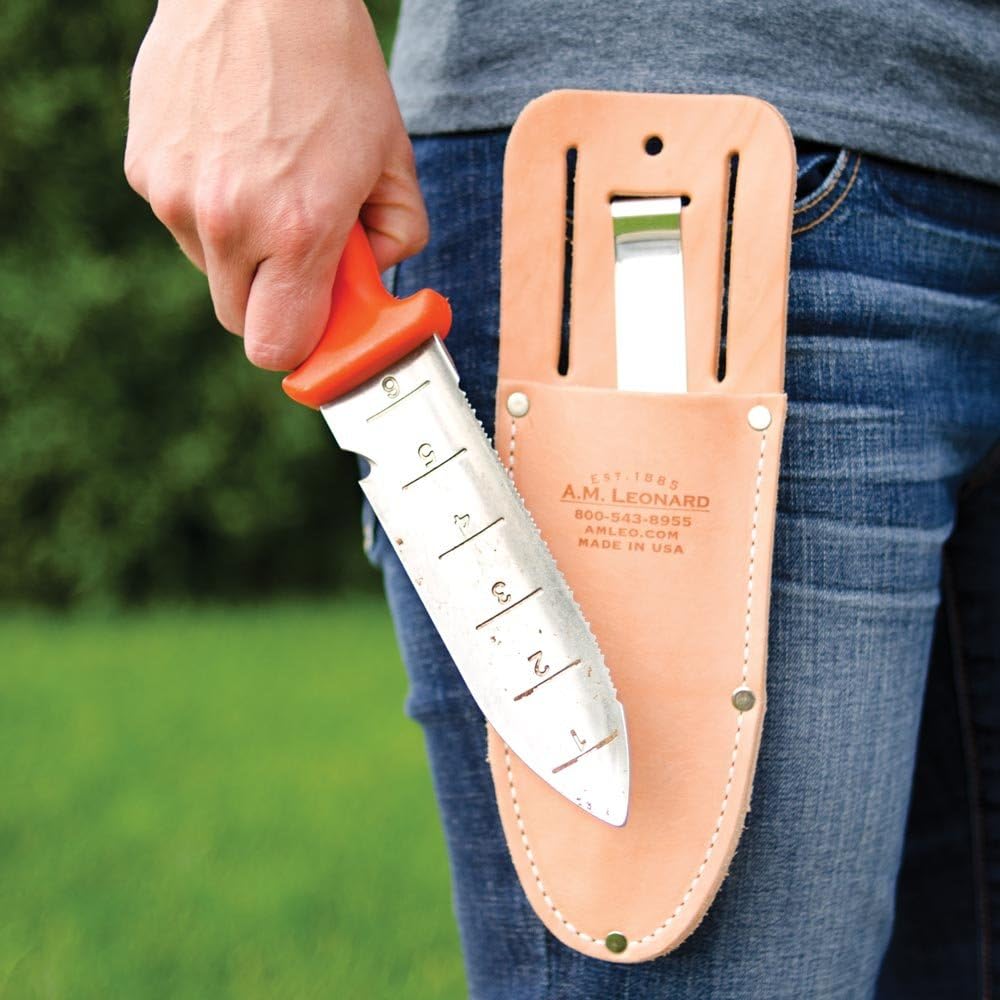
Thoughtfully selecting what plants you grow in your garden is not the only way to help improve your local ecosystem. How you grow and the inclusion of other garden features that support wildlife can also have a positive impact on the environment. Make sure your strategies are part of the solution, and not the problem, by implementing as many gardening best practices as you can into your repertoire.

1. Grow Native and Keystone Plants. Choose plants that are native to your region, as they are often better adapted to local conditions and support local wildlife.
2. Promote Biodiversity. Plant a variety of species to create a diverse ecosystem. Include trees and shrubs to provide shade, improve air quality, and create habitats for wildlife, and flowering herbaceous plants to support bees, butterflies, and birds.
3. Avoid Invasive Species. Do not plant invasive species that can outcompete native plants and disrupt local ecosystems.
4. Reduce Lawn Areas. Replace sections of lawn with native plants, ground covers, or wildflower meadows that require less water and maintenance. Learn more.
5. Practice Crop Rotation. Rotate crops in vegetable gardens to prevent soil depletion and reduce the risk of pests and diseases.
6. Conserve Water. Implement water-saving techniques like drip irrigation and rainwater collection. Water plants during cooler parts of the day to reduce evaporation.
7. Create Compost. Build a compost pile to recycle garden and kitchen waste. Compost enriches soil, reduces the need for chemical fertilizers, and lowers waste going to landfills. Learn how here.
8. Use Mulch. Organic mulch retains soil moisture, suppresses weeds, and improves soil health. All about mulch.
9. Create Wildlife Habitats. Include water sources like butterfly puddling stations and features like birdhouses, bat boxes, and bee hotels to provide shelter for wildlife. Learn more.
10. Minimize Chemical Use. Avoid or limit the use of pesticides, herbicides, and synthetic fertilizers. Opt for organic alternatives and natural pest-control methods. Creating a safe environment for beneficial insects like ladybugs, lacewings, and predatory beetles helps control pests naturally.
11. Use Sustainable Materials. Choose environmentally friendly materials for garden structures and paths, such as recycled wood, stone, or sustainably sourced materials.
12. Reduce, Reuse, Recycle. Try to reuse garden containers, recycle plant pots, and reduce plastic use in the garden. Some ideas here.
Jennifer Benner is a content developer and editor, with a focus on conservation, in northwest Connecticut. She has a bachelor’s degree in horticulture from The Ohio State University.
Fine Gardening Recommended Products

A.M. Leonard Deluxe Soil Knife & Leather Sheath Combo
Fine Gardening receives a commission for items purchased through links on this site, including Amazon Associates and other affiliate advertising programs.


















Comments
Log in or create an account to post a comment.
Sign up Log in